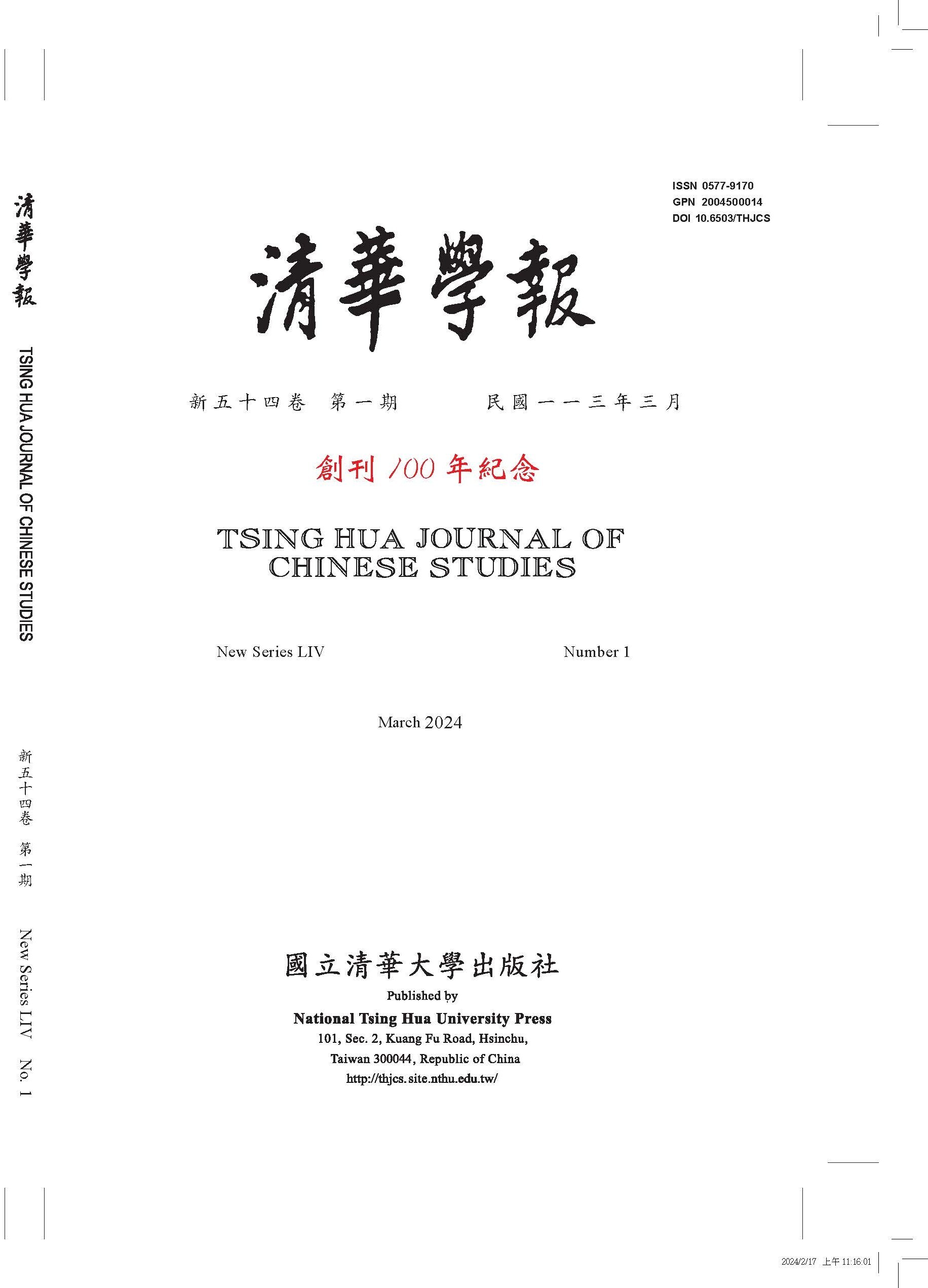On Nakai Riken’s Argument Concerning the Loss of Confucius’ Chunqiu and the Exegetical Method Used in His Zuozhuan fengyuan
Vol. 52 No. 3 9/2022
|
Title |
On Nakai Riken’s Argument Concerning the Loss of Confucius’ Chunqiu and the Exegetical Method Used in His Zuozhuan fengyuan |
|
Author |
Sung Hui-ju |
|
Genre |
Article |
|
Pages |
507-550 |
|
DOI |
10.6503/THJCS.202209_52(3).0003 |
|
Download |
|
|
Language |
Chinese |
|
Key words |
Nakai Riken, Zuozhuan fengyuan 左傳逢原, Chinese classical studies in Japan |
|
Abstract |
The Edo scholar Nakai Riken (1732-1817) had a unique view of the Chinese classics. His argument that the Five Classics were forged by later scholars appeared about one century before Kang Youwei’s 康有為 (1858-1927) fake Classics theory. Nakai argued that there were in fact two versions of the Chunqiu春秋 (Spring and Autumn Annals). One was the history of Lu, which was the version that was passed on to our times. The other was the Chunqiu compiled by Confucius, which had been lost with the defeat of the state of Lu by Chu. Though this argument did not prevail in China, it had a far-reaching influence on studies of the Chinese Classics in Japan. Given this influence, it is worth asking: What was the origin of Nakai’s argument? Moreover, what concrete points did interpreting the Chunqiu and Zuozhuan 左傳 from this perspective reveal? This article is divided into three parts. First, it discusses the details, and origins, of Nakai’s argument that Confucius’ Chunqiu had been long lost. It then examines Nakai’s method of interpretation as well as his rationalization of his exegetical point of view in the Zuozhuan fengyuan 左傳逢原. Finally, it argues that Nakai’s interpretation of the Chunqiu originated in the relationship between the monarch and his subjects in the Japan of Nakai’s time. On the basis of the above analysis, I hope to elucidate Nakai’s interpretation of the Chunqiu as well as its influence. |

